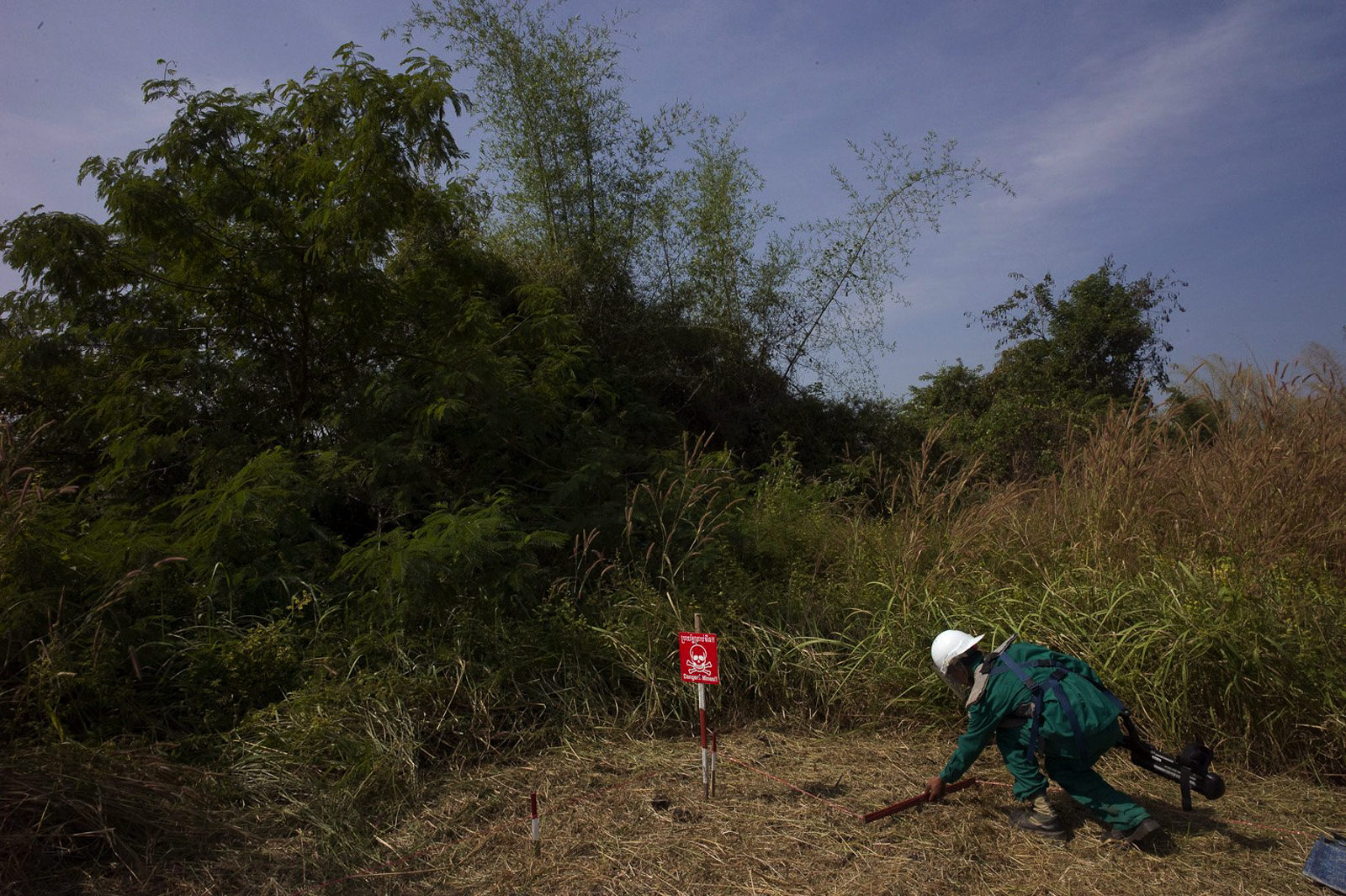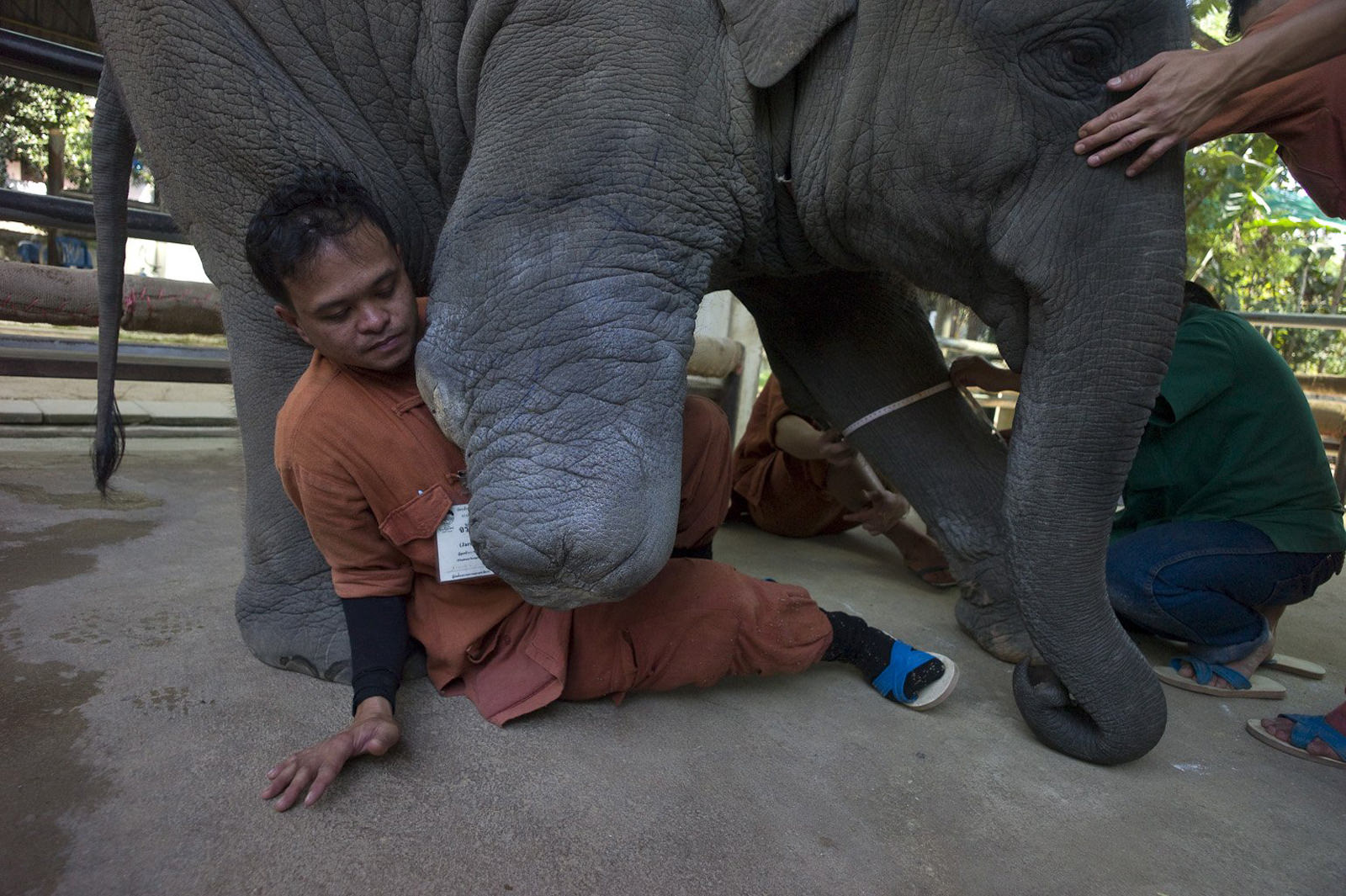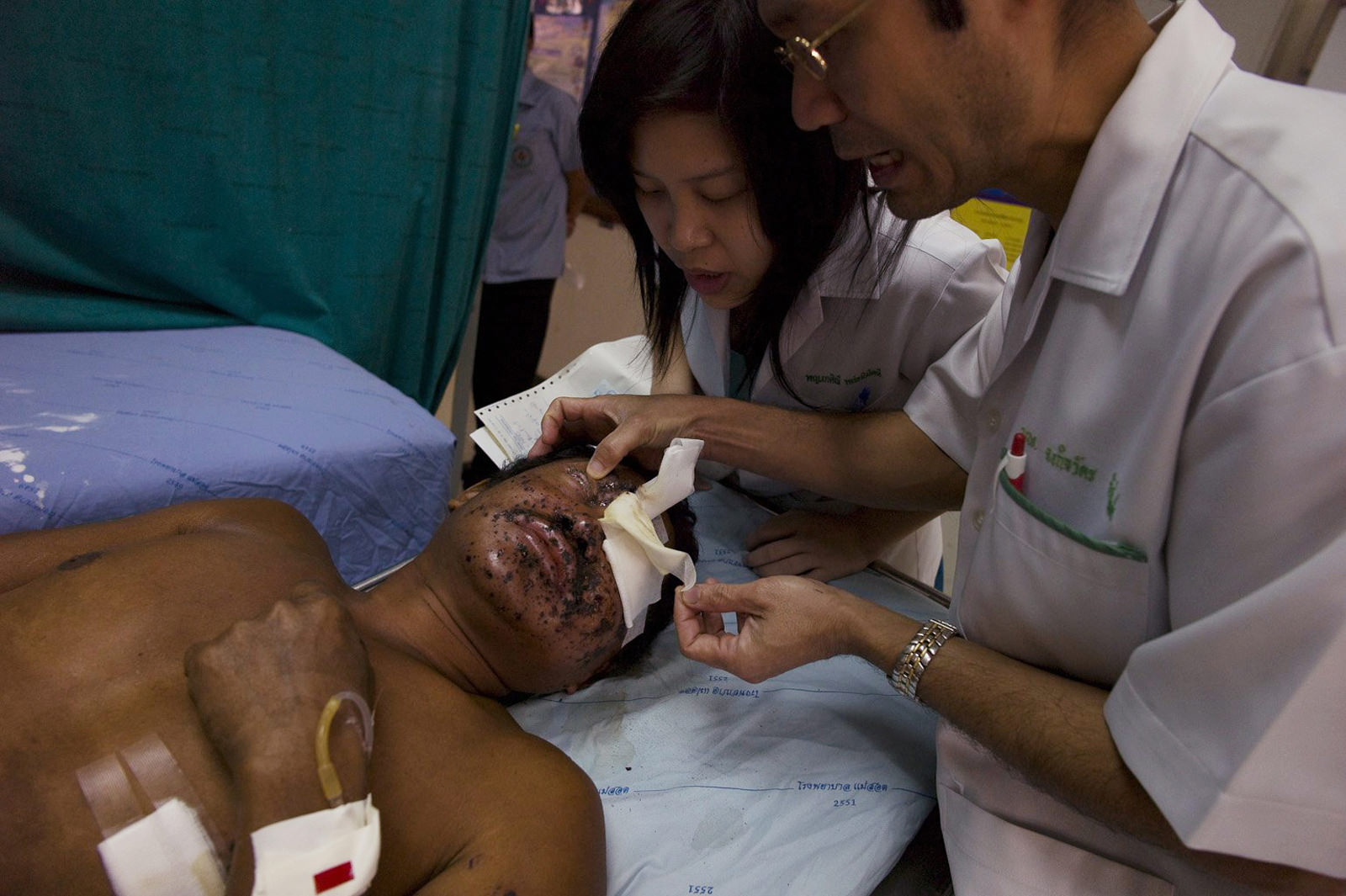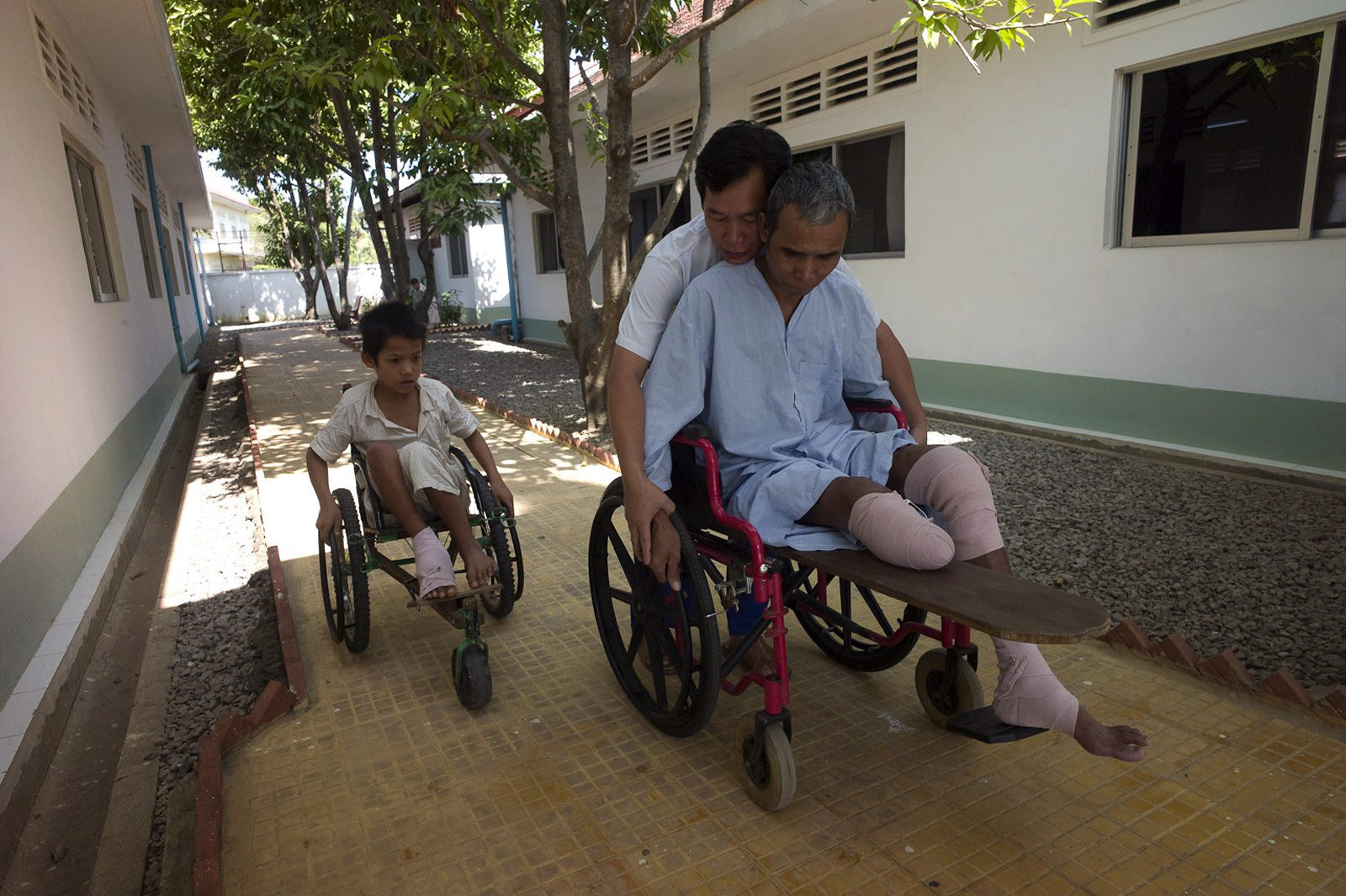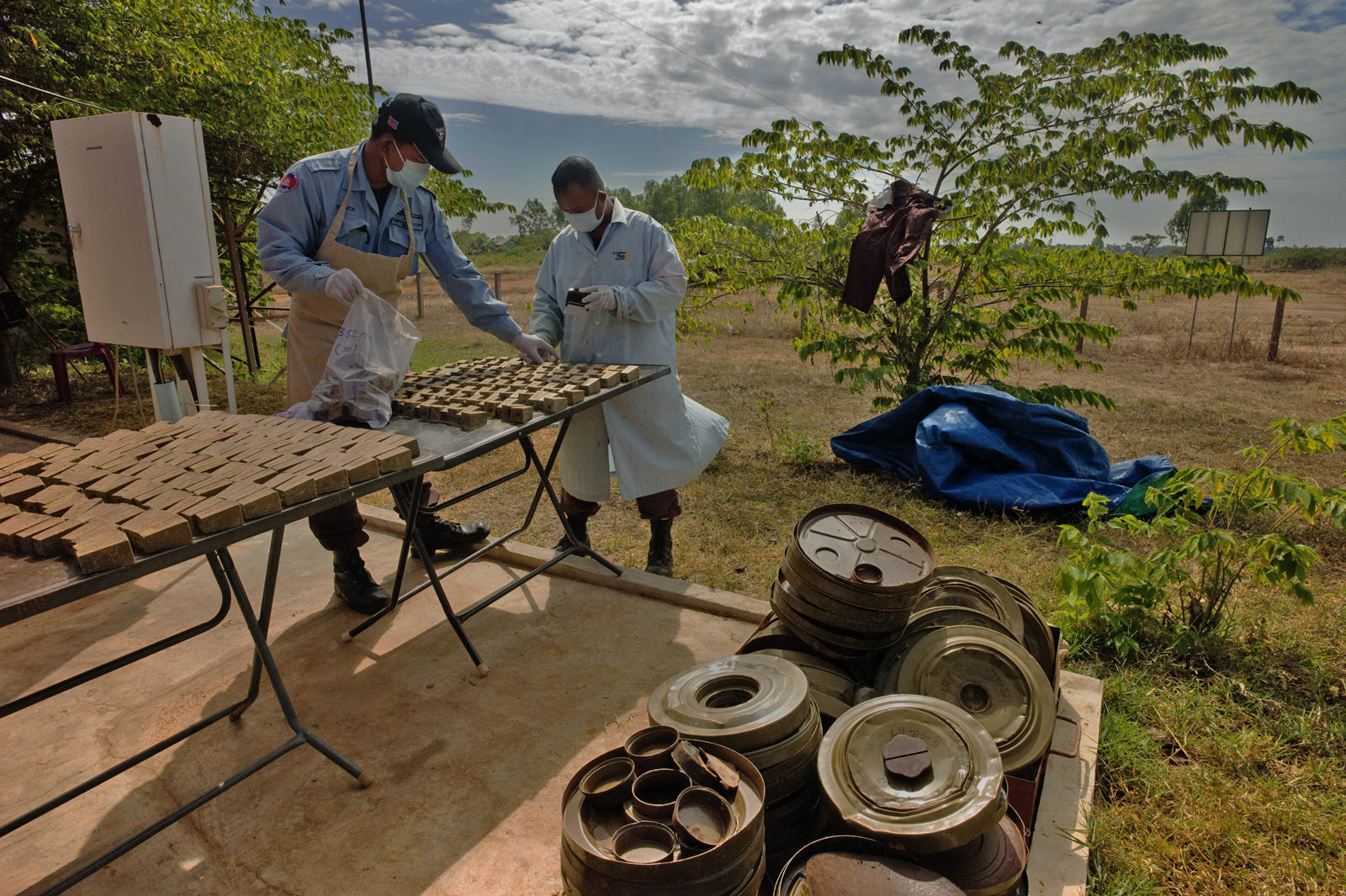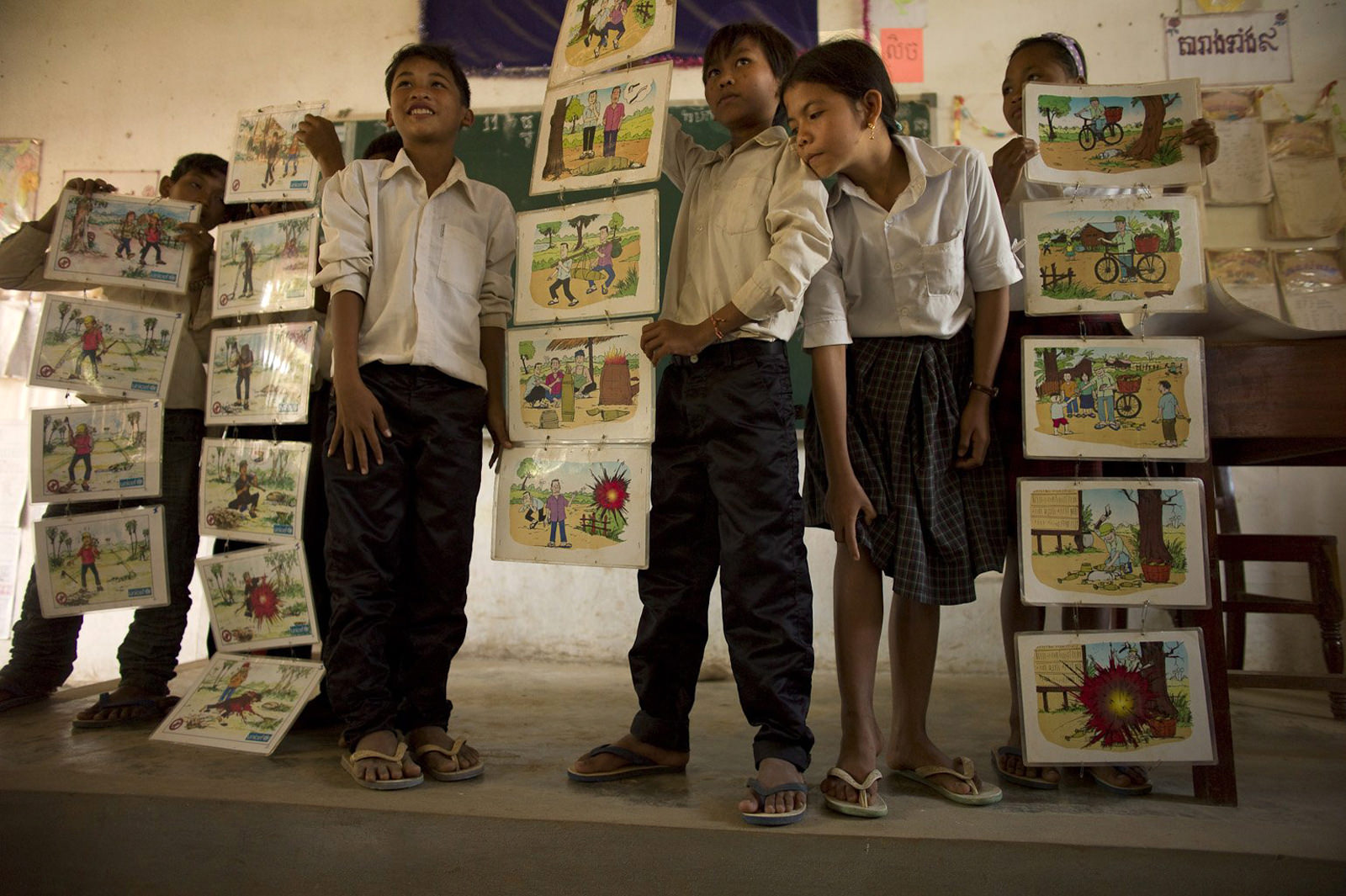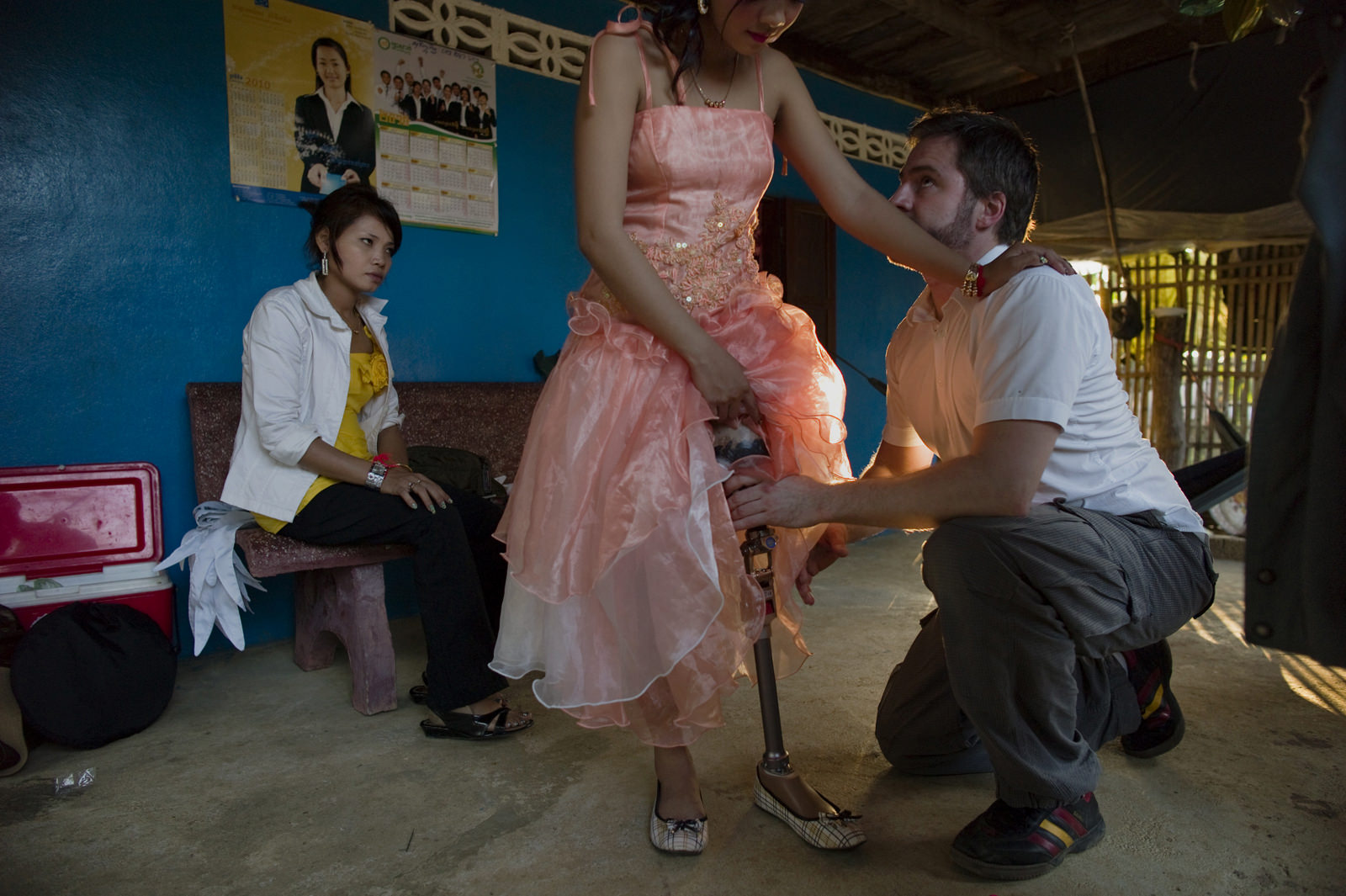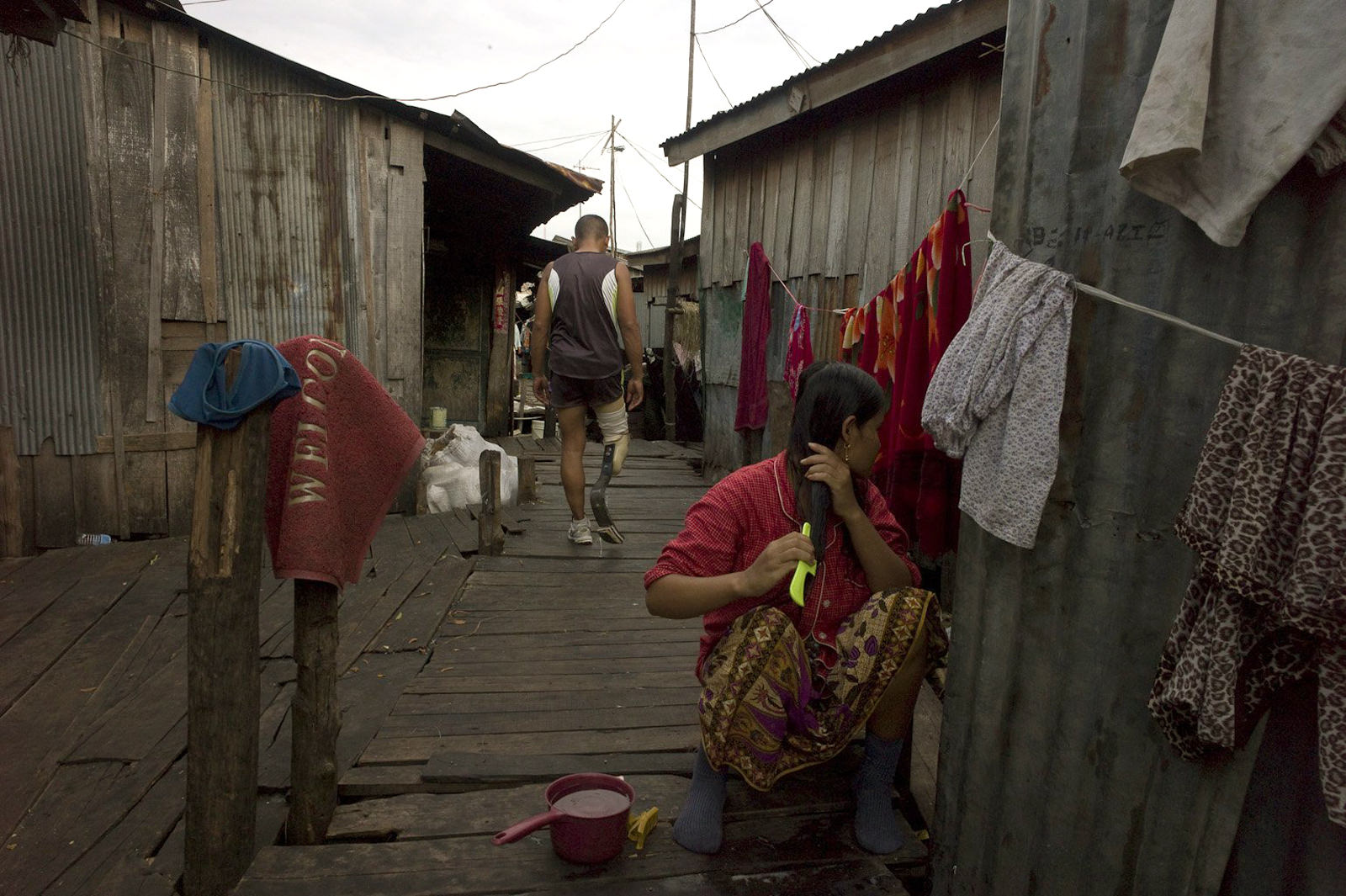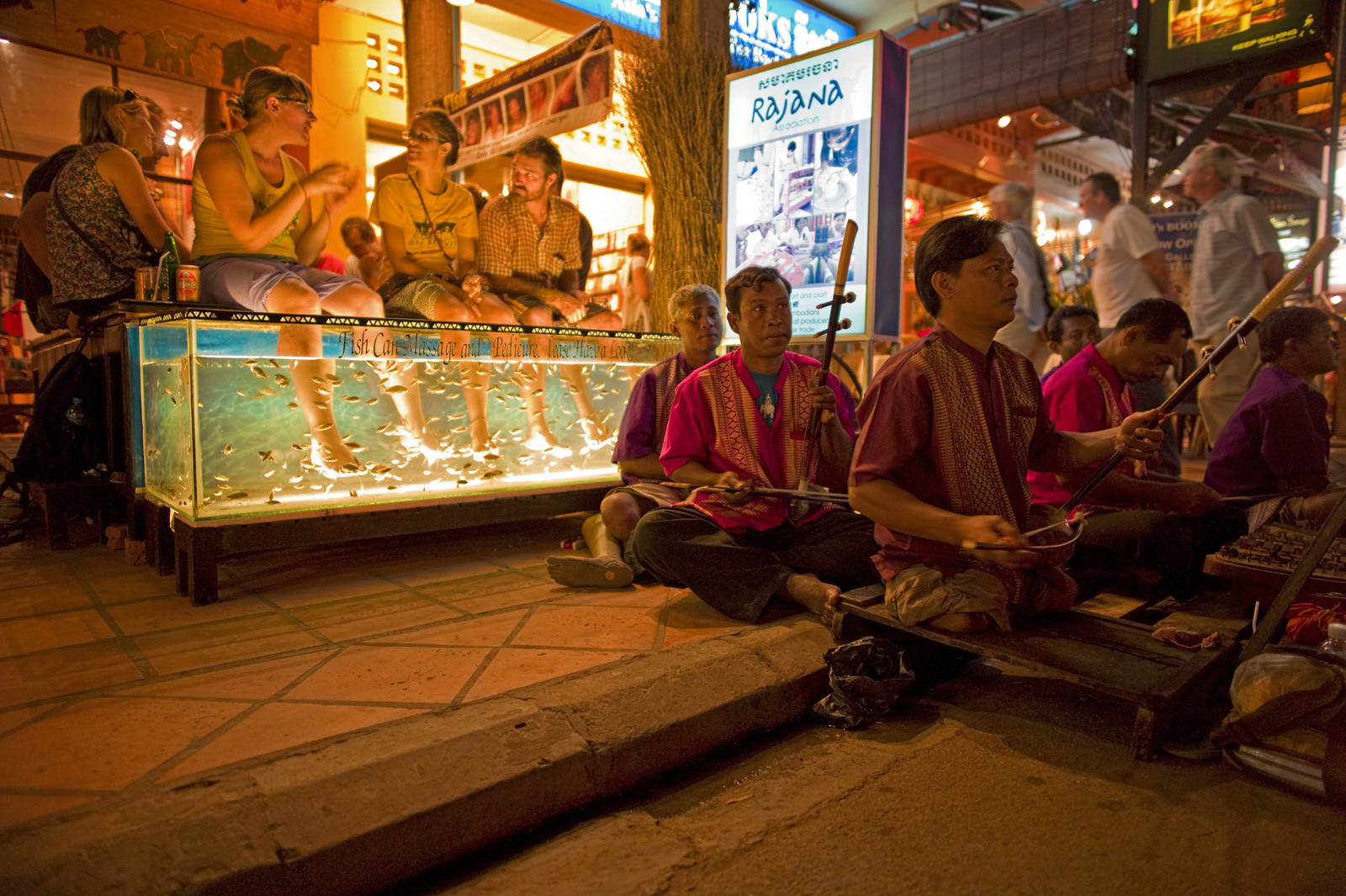Landmines
Every field, road and forest in Cambodia was once sown with landmines.
After decades of war —civil war and war with neighboring Vietnam—the harvest was so deadly that soldiers and refugees trying to get home had to walk single file in the middle of the roads, leapfrogging people coming in the opposite direction. Two decades later, the terrain is still treacherous.
Experts are painstakingly clearing contaminated land, but the work is slow, requiring steely nerves and a delicate touch. In areas like Ankor Wat, daily life is again possible. Parents and teachers educate children to avoid mines, but there are still explosions—and victims. Pop star Sovanreaksmey Kheng lost a hand and an eye at age 10, attempting to sell a landmine for scrap. “I have a beautiful voice,” he says today. “But my body is not whole.”
Near upscale hotels in the capital, disabled survivors beg, sing or hawk books about Khmer Rouge strongman Pol Pot. These men and women, ignored by their compatriots as reminders of unspeakable loss, are a tourist attraction. And, sadly, Cambodia is not the only land so crippled. There are perhaps 110 million active landmines in 70 countries—enough to kill or wound a person every 20 minutes.

